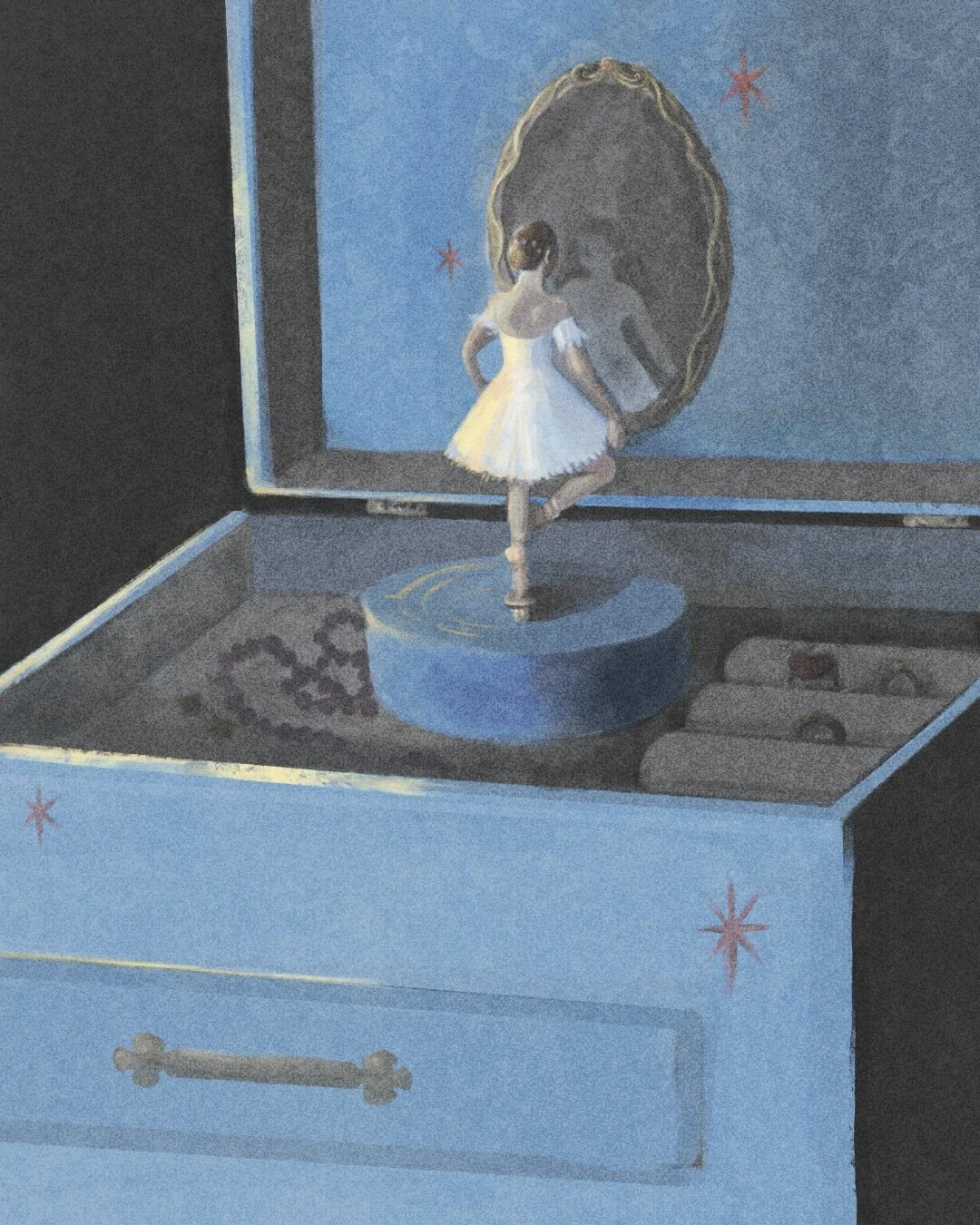Women VS Womxn
Make it stand out
At the heart of womanhood are the activists propelling feminist movements into the mainstream. These groups and individuals encompass more than a gender identity but a fight for equality. Coined in solidarity with non-conforming women or non-binary individuals are groups of “womxn” opting for inclusivity – but who are womxn?
Only in 2019 was womxn added to Dictionary.com defining the word as: ‘a woman (used, especially in intersectional feminism, as an alternative spelling to avoid the suggestion of sexism perceived in the sequences m-a-n and m-e-n, and to be inclusive of trans and nonbinary women).’ The history of womxn is fairly infantile - which implies the identities of those since included in the umbrella term womxn as also new. They are not. This seemingly revolutionary spelling is doing more to highlight disparities of gender and erasing a non-binary identity with a simple “x” to mark the spot.
Failing to reappropriate womanhood by using womxn suggests this modern spelling is inclusive of not-quite traditional women; sub-women. Women have withstood existence as long as men, this new identity does more to erase the history of women than include all women.
Circulating social media are lovely quote tiles professing “trans women are real women.” Therein lies the problem of the womxn allyship. It seems contradictory to preach “trans women are real women” but differentiating this authenticity from cis women through the new spelling of women. Modern activism has certainly been catalysed through used of apps like Instagram and Twitter but scrolling, sharing and liking allows those rampaging through the streets with placards sutured to the punching fists to put their feet up so that performative activism can take heed - some of the infographics are really nice though.
How effective in the landscape of social change is a quotation with a beautifully designed background? Even if it has moved online due to the pandemic, does this make influencers the gatekeepers of social justice; is engagement rate the new measure of social change?
___STEADY_PAYWALL___
While reductive, the main issue here is 90s mantras like “it’s cool to be kind” are being taken literally. It’s cool, it’s trendy, and jumping on the activism bandwagon are social justice warriors without an idea of what they are really fighting for. Stamped across Instagram activist pages are womxn friendly signifiers. Does removing the man / men from womxn do the work for us? One substituted letter and the patriarchy is rinsed from the entirety of womanhood. If only it were that easy.
Alexa Moore, director of Transgender NI, shared her views of the womxn phenomenon. “I think it is often used with the best intentions - as with a lot of terms that are used - to include trans people. But I think it actually does the opposite in terms of talking about women, because ‘women’ means you’re already talking about trans women. We’ve always been part of that group, we always will be – what does womxn with an x mean? Who else does this include? If it’s to include non-binary people, they aren’t a subcategory of women.”
She concludes, “If you talk about non-binary people talk about non-binary people, if you’re talking about women, talk about women.”
The cut and dry definition of woman/women remains sufficient in identifying groups of all women. The convoluted womxn however, subjugates categories of women to create more binaries – women, trans women, women of colour, non-binary individuals – through more divisions incur more hierarchies. Women vs. wxmen. The latter non-binary identity is also considered womxn so far as a ‘real’ woman accepts it. This does not make a safe space for non-binary individuals but encourages performative identity tropes resurrecting binaries in the simple ‘x’ and dissolving the fluidity of non-binary identities.
Moore contended that being a womxn “often means in cis feminist circles: women and non-binary people that are more femme, that have higher voices and pass a little bit more.” The repolarising of non-binary identity enquiries: “Are you a women non-binary person or are you a man non-binary person? A lot of people that use that term - wxmen - mean women and non-binary people that were assigned female at birth.”
Identifying the issue of this activism, Alexa clarified, ‘It’s quite performative as well. Like we’ll stick an ‘x’ in here and ‘they’ll know’ but no effort actually goes in to include non-binary people or include trans people or include people they want to reach.”
Somehow in sharpening the idea of womanhood also implores what kind of womanhood fits the definition. In addressing people for an event, there is often a signposting invite for women and non-binary people, but Alexa asked: “would you be okay with a masculine presenting non-binary person? A non-binary person who is on testosterone for instance. In a lot of cases the answer is going to be no because they’re not really considering the breadth of non-binary identities and non-binary experiences.”
“It’s worth noting non-binary isn’t a new concept… Non-binary people have existed in indigenous cultures, across the world for hundreds and thousands of years. It is just the fact we haven’t had the language in Western cultures and the English language to describe those experiences. It’s quite new in terms of the language we’re using but the concept and experiences aren’t all that new.” Alexa explained..
Lumping together marginally different identity experiences paradoxically marks where inclusivity starts and ends, those outside the binaries don’t finish the race. This resonates beyond activism and exclusionary procedures force non-binary people to recognise gender.
Alexa spoke about transgender services and healthcare in Northern Ireland, “A lot of people will conform to gender roles and present in line with their gender identity for safety, so they don’t get harassed. Particularly at our healthcare services, there is a requirement for gender identity services that you have to ‘live in role’ for a period of six months at least. What does living ‘in role’ mean? It means wearing dresses if you’re a woman or not wearing make-up if you’re a man.”
Living in role is wildly removed from a cis education of gender. Through affirming a transgender identity entrenches ideas of patriarchal gender norms for trans and non-binary people, simply to access healthcare. TERFs (trans-exclusionary radical feminists) weaponise this gender performance, or living in role, to suggest transgender people are further perpetuating misogyny through archaic gender roles.
In the nexus of ‘she said, she said’, however, there is little clarity, educational support or room for expansion of gender roles within mainstream cis ideology. Fluid identities have been erased through linguistic norms and they/them pronouns being conflated with women is reductive not accommodating for a multifaceted identity outside gender binaries. Non-binary individuals may not identify with womanhood at all. A different lived experience of the world and in how they should be perceived is not accepted within the singularity of society’s norms. Be one thing or be nothing is what ‘wxmen’ says.
Working closely with trans services and healthcare in Northern Ireland, Alexa described that, “it’s still cis people staffing these clinics, with cis ideas about gender, who are the gender specialists, the gender experts, who know what they’re talking about apparently. They’re projecting their ideas and their notions of gender ideas and gender roles and how a trans person should act onto the trans people in their service.”
Behind the skeleton of the word womxn are half formed arguments tethered to the word folx, which has become redundant in its mission to be gender neutral and inclusive, both of which it already is. The mutated spelling of women somehow does more to suggest there is an essence to womanhood, only recognised by cis women. The ‘x’ simply excludes every other type of woman from the original collective women.
What makes this issue more problematic is that the spelling of men remains intact. Studies show trans women, especially trans women of colour, are at the receiving end of abuse, even within minority communities. TERFs are promoting an ‘LGB’ narrative underpinned by normative ideas of gender that polish the binaries and differentiate between trans and cis women.
This is rooted in an alliance with the patriarchy by undermining women and their authenticity but making way for men. There persists the weakness associated with women and femininity – why would you choose to identify with a minority? There is no choice in the matter, otherwise we’d all be men. So, who are the womxn, who are the men and do either of these arbitrary words endorse inclusivity?
What we’re left with are underrepresented groups, entirely erased groups and what still perseveres is a feminist fight for equality. Representation allows for relation and self-acceptance – if there is no representation then this isn’t possible. Wxmen is not a representative word. What makes this more dire is that we have the tools to educate ourselves and one another; “women” is enough but representing every woman is necessary. Take the womxn umbrella down with its rooted institutions and patriarchal norms and let the marginalised people hiding behind the ‘x’ be seen to share their story.
Words: Natasha Rainey | Illustrations: Annie Vaughn



